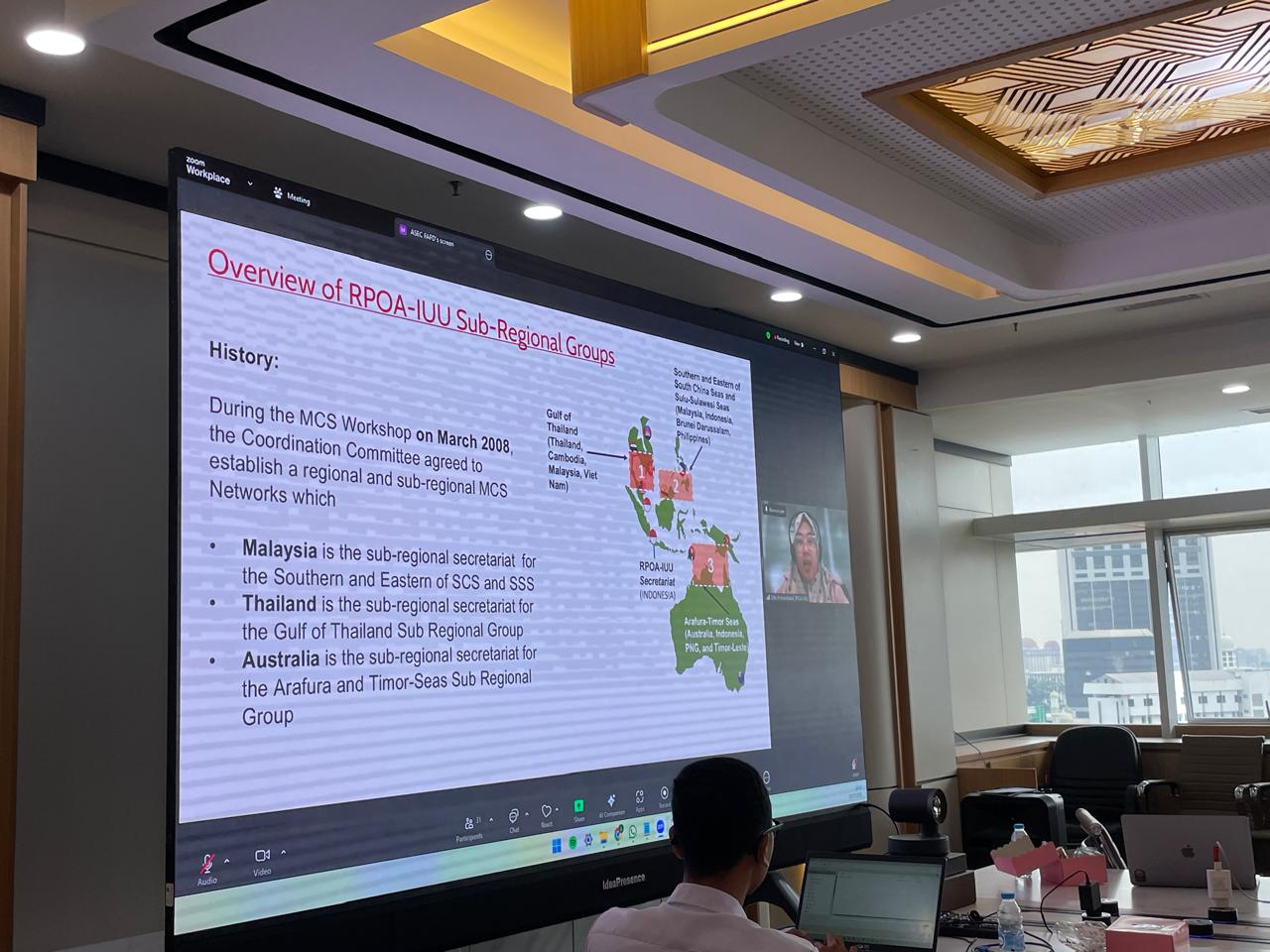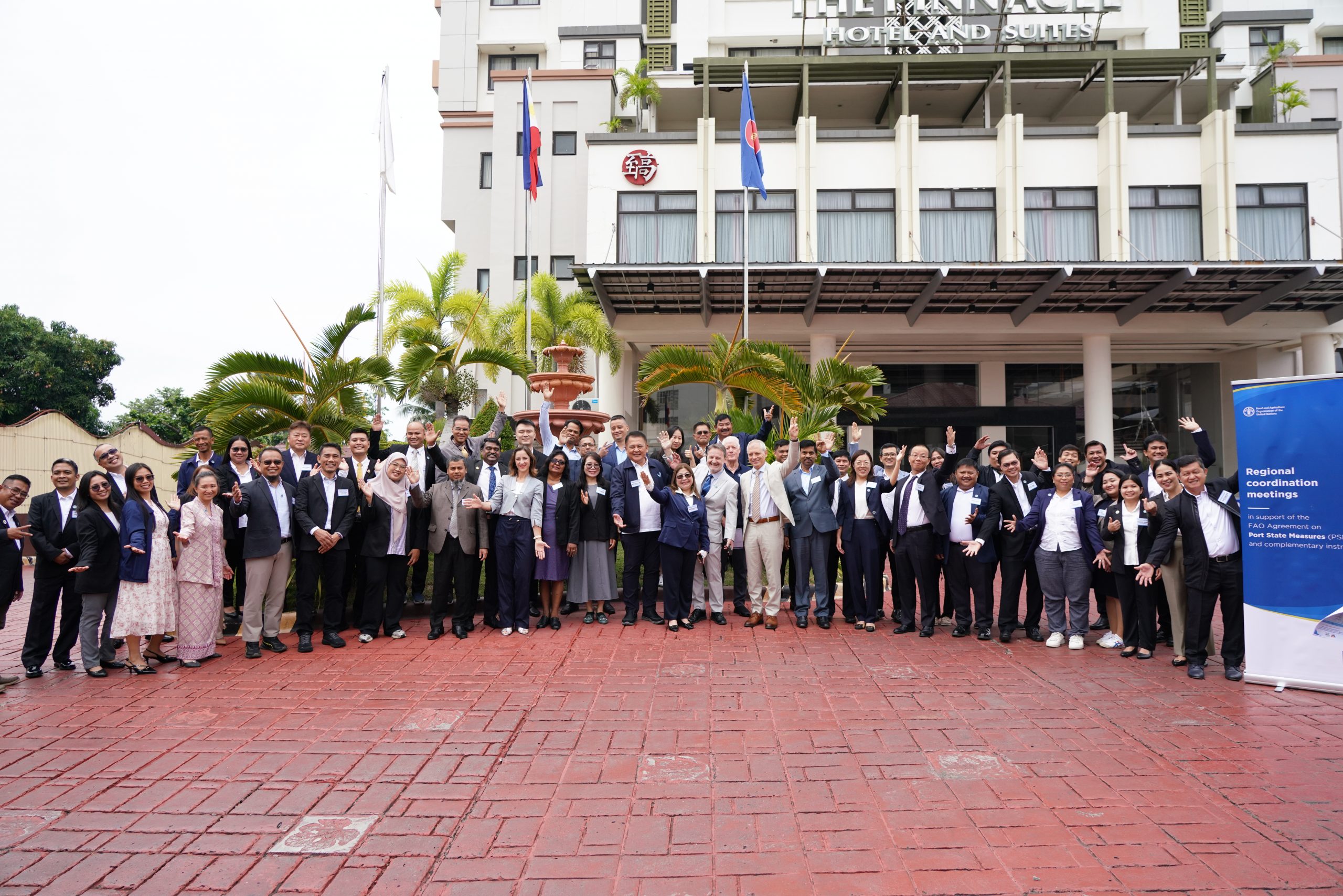Regional and bilateral settings have different approaches and strategies.
At the regional level, we should first understand the country’s institutional capacity and governance system.
This understanding will help design a targeted program and can close the different gaps in each country leading to a harmonized regional program.

It is also imperative to explore the ongoing and upcoming programs which are supported by other international organizations.
It aims to prevent any redundancy and duplication and could produce a complementary program.
This can be achieved through holding desk interviews and questionares to explore the country’s situation and capability followed by organizing focus group discussions to collect the country’s ideas on the proposed activity.
The result of the preliminary interviews can serve as a basis of reference to design a targeted program which aligns with the country’s priorities and interests.
During the preparation of the program implementation, it will be helpful if the relevant stakeholders from local government, NGO, and academia are invited to the consultation meeting, aiming that the program can have a positive impact at the grassroots level/community.
Those programs, either at the national level or at the regional level, should comply with the integrity and nature of the program cycles. It consists of five cycles and stages, starting from the initiation and consultation and followed by planning, execution, monitoring and evaluation, and the post-assessment of the programs. The initiation and consultation stage is a stage when designing and setting out the deliverables, objectives, and expected outputs and outcomes of the program/project.
It will be helpful if relevant stakeholders who will be involved in the program are invited to an internal consultation meeting, aiming to collect their expectations and ideas for the nature of the program. The planning stage is a stage when developing and constructing the work plans, guidelines, roadmap, and other deemed documents. Those documents will serve as a basis of reference for the execution stage and highlight the details of the responsibility lists, output activities, and timeline. It will also be a follow-up tool for further communication with relevant parties and stakeholders.
The execution stage is a stage when running and implementing the program which aligns with the agreed work plan. It is really important to keep the program on track and in line with the work plan to prevent any unprecedented circumstances which come up in the middle of the execution and implementation stage. During this stage, it is also imperative to manage the risks and address unexpected challenges through respecting other people’s views and perspectives.
A monitoring and evaluation stage is a stage when collecting the outcome of the program from the stakeholders who are involved in the program cycle. This is also a stage when identifying what’s wrong, the strengths, and the weaknesses of the program implementation. Based on the identification results, we can design recommendations and a way forward for the program improvement.
Lastly, it is the post-assessment stage. It will be important to collect the participants of the program’s ideas and perspectives about the effectiveness and efficiency of the program. It will help the committee to design the second cycle of programs which is in line with the country’s interests and priorities.




